Minecraft Legends Review - For Mobs and Overworld
/Everybody knows Minecraft, a world-building creative sandbox game that took the world by storm when it was released in 2011. It has since inspired millions of players to create their own wonderful experiences. Now developer Mojang Studios wants in on the world-building, by telling stories within the Minecraft universe and delivering a unique spin on what they've started. Minecraft Legends is one of their latest attempts, and it’s a fun strategy game where you command mobs and repel a Piglin invasion. While it didn’t break any ground, this spin-off did entice me to see Minecraft in a new light.
Minecraft, just built differently
You play as a regular Minecraft player in your own world, building and creating as any other player would. When a race of Piglins decides to invade the Overworld, some mystical beings that oversee the world enact a plan to bring you, the hero, to their world and equip you with the right tools to defend the Overworld from the Piglin invasion and eventually stop them in their tracks.
With Minecraft being a place to make whatever world you want, I’ve never felt there’s been a consistent tone and personality to the franchise until now, as Minecraft Legends was created for all ages, retaining the same art style that makes the Minecraft brand so unique. It still has pixelated blocky designs and environments, but it’s all visually enhanced thanks to proper lighting and animation, bringing cartoony facial expressions and a lot of personality through gestures and sounds.
As you progress through the game, you are treated with various cutscenes that introduce the different clans in the Piglin invasion army, and the leaders that command each one, as well as introductions to well-known Minecraft mobs, with whom you’ll eventually make an allegiance in order to fight the Piglins together. These scenes bring a lot of humor to the game as you see the leaders interact with their subordinates in a Looney Tunes kind of way, as if you are watching a quick rerun of morning cartoons from your favorite channel.
The game focuses on the action on a large scale and puts the building and resource-gathering on the back burner, offering a simplified version of either one. Most of the activity in Minecraft Legends has you commanding an army of mobs to either defend local villages or attack Piglin outposts to lessen their presence in the area.
For resource gathering, beings called Alleys do all the work, as all you need to do is direct them to gather a specific resource nearby. So, let’s say you need wood. Just direct an Alley to work on a nearby tree and you will just automatically earn that resource over time until it’s depleted. The extra labor of gathering is simplified, as Minecraft Legends lets you focus on the next battle on the horizon.
All they need is a banner to follow
At the start, you can command an army size of 20, but this can go as high as over 80 all at once by the campaign’s end. When you are on the offense, most of the time you are dismantling Piglin bases by destroying their tower defenses and structures that automatically generate units to defend their bases, then eventually clearing the area of their influence.
Managing armies and directing units is broken down into just two orders – rally to gather nearby mobs, and charge to attack anything in the direction you are pointing. Players can be specific in issuing these commands to certain types of mobs in your character’s vicinity. It’s mostly used to focus fire upon a particular target. For example, the stone golems are experts at destroying buildings, so you want to make sure they are hitting structures.
The simplicity of issuing commands makes sense as this strategy game is played in a third-person perspective. Your hero serves as a banner for your allies to rally under and attack as one. You are not there to win it for them by yourself – you are meant to organize the mobs of the Overworld and make them win it for themselves. Despite you being a hero, all you can do in an offensive capacity is swing your sword around, and that’s about it. Your true strengths lie in your army composition, and how you use them.
As you progress, you eventually gain access to different mob types that have specific specialties. Skeleton mobs bring long-ranged attacks while Creepers serve as perfect battering rams to destroy gates and structures thanks to their explosive nature. You then have Zombies with insane health pools and unique golems that have special abilities such as a shield that blocks incoming ranged attacks or the ability to summon a variety of different golems on the spot. You’ll find success in Minecraft Legends with a proper mob composition so that once you send your army to charge, they just steamroll any opposition in front of you.
The whole concept of army management and progression in Minecraft Legends is not all that deep if you compare it to other strategy games, so don’t expect a complex system as there are no building upgrades or ways to improve specific unit types. The stone golem you had at the start will have the same stats as the ones you’ll face at the final encounter. The only form of upgrade available in the game is increasing capacity – this ranges from how many mobs you can summon, the number of resources you can carry, to the size of your army, and how many mobs you can rally to your banner (you can rally random mobs to fight alongside you, and even wildlife found in the world).
This approach works in the game’s favor, as even though I prefer a richer progression and customization to my strategy game, the game’s straightforward nature makes Minecraft Legends a more accessible strategy game to reach a broader audience. I had a lot of fun with the game despite its simplicity, but there are a few elements that led to frustration.
The terrain is an army’s worst enemy
With enough outposts cleared, you will then force the leader of each clan to show themselves, and so it becomes a difficult siege through a boss’ base that eventually leads to you and your army facing off with the boss itself.
These boss fights are not entirely difficult, as one gigantic Piglin will simply get overwhelmed against a large army as long as you can dodge their powerful attacks. The real struggle lies in getting to the boss, as most of the effort is spent on getting my army to a particular point in the siege. It’s painful to navigate elevated terrain, as I feel like I’m babysitting my army during these intense moments, making sure everyone is accounted for and not just standing still or wandering off on their own.
One instance featured a boss that had all of their outposts placed on higher ground, requiring me to make bridges to allow my army and I to slowly climb each area to eventually reach the main key structures and the boss itself. These particular outposts highlight the flaws in the game’s mob AI, as it can be frustrating when some of your allies just get lost when navigating the terrain. While going up, one or two would fall off, so it was a bit frustrating to have your army cut off little by little just because they didn’t follow the path correctly or were bumped off by other friendlies when going through tough terrain. Instances like these led to me just bringing a majority of my army to the base, commanding them to charge, heading back to gather the strays, then heading back to the battle to drop off the mobs following me. Rinse, and repeat.
In these big moments, I wasn’t in the front lines 90% of the time, as my attacks had little effect on bigger enemies, especially the boss. So I felt more of the perfect support system to get things in order, bringing reinforcements when the front line was getting thin on our side.
It’s all about attacking and defending, nothing else
In between bringing the fight to the Piglin’s doorstep, the Piglins also go on the offensive, as they enact plans to attack nearby villages that are associated with you. It is then your responsibility to put up defenses to prevent the Piglins from destroying and occupying the space for themselves. This is where the game becomes somewhat like a tower defense title, as you can bring up walls and tower defenses to defend the area. You can also do the bare minimum and bring your army to do all the defending, which is tough, as Piglins for the most part attack on multiple sides. This is probably the least appealing part of Minecraft Legends, as the Piglin threat was never a problem when they do make a move. You have ample time to make preparations when you are notified an attack is imminent, so it becomes more of a distraction than anything else. If you do lose a Village, it’s easy to retake, so there’s not much in the way of consequences in this element of the game.
Outside of all the raiding and defending, there’s not much going on in Overworld. There are certain special golems you can unlock to give your army that extra edge or unique towers to apply a stronger defense, but besides that, the campaign’s randomly generated map is just filled with outposts to attack and villages to defend, and the biomes are populated with the usual Minecraft wildlife.
A multiplayer with potential
Outside of the campaign, there are two other game modes in Minecraft Legends – Lost Legends and Versus Mode, a game mode that provides a new experience each month. During my testing of the game, I had The Portal Pile, where you are tasked to defend a village through 20 waves of Piglin attacks. Completing it will reward you with a new hero skin, a way to entice players to come back every month to try something new and probably earn something for all the trouble.
Versus Mode is sadly the game mode I barely tried, as it was difficult to get a game going with the few others granted early access to the game. I’ve played only one game so far, but it was thankfully a great time, as it was fun coordinating with fellow players in a 4v4, defending and bolstering your base while finding ways to destroy the opposing team’s base. The only issue I noticed is that games can whiz by or drag on depending on the other players, but we’ll have to see how the multiplayer goes in a more public setting when a healthy player base is established.
I will revisit this review at a later date once I spend more time with the game’s Versus mode, which is also simple as compared to today’s multiplayer standards, as there’s no leveling system, upgrade paths, or a battle pass filled with cosmetics to unlock. It’s just a Versus mode available to those that want to duke it out with others in a randomly generated map.
Minecraft Legends is a fun strategy built around the Minecraft world, and it’s easy to grasp. Fans will get a kick out of the base campaign (especially with a friend or two) but might get turned off by its limitations and lack of deep progression. This is the fourth spin-off title for the franchise, and this one in particular makes me want more gems in the same vein. Minecraft is all about creativity, but this shows that Mojang can populate this universe with interesting characters we can like or hate, and stories that can excite us without disrupting the core essence of the franchise.
7/10 (TRY/BUY IT)
PROS
Lovely character animations and gestures that give the Minecraft franchise more character
Simple controls in managing your army, building, and resource gathering
CONS
Navigating terrain vertically can be frustrating with a big army
There’s not much in the campaign beyond defending villages and attacking outposts
customization and progression is limited
What I’ve Played
Finished the base campaign solo with a completion time of 12 hours
Completed Portal Pile, this month’s featured Lost Legends game mode
Tried multiplayer once (explained above)
*This review is based on an early PC copy of the game that was provided to the reviewer*

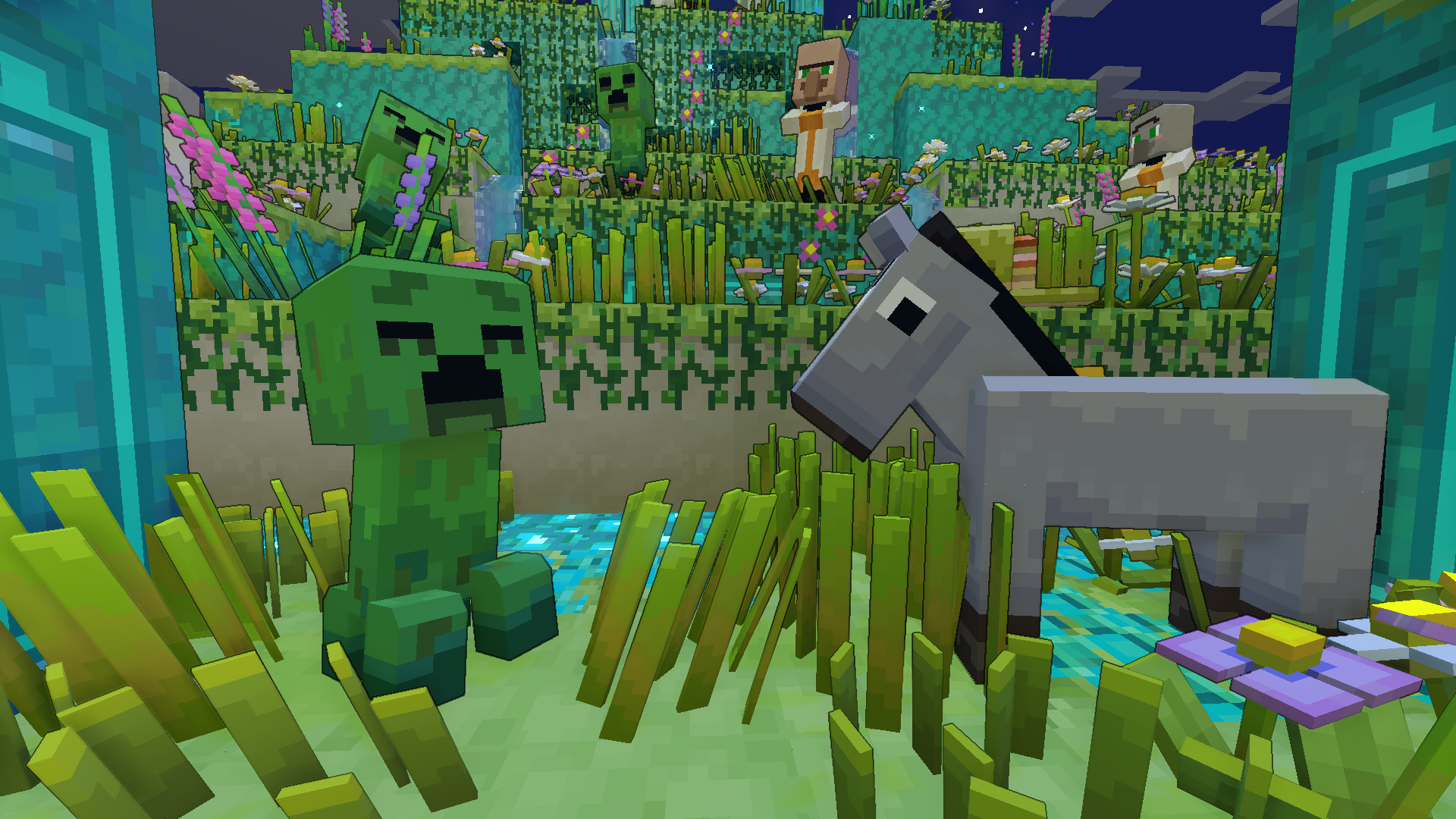
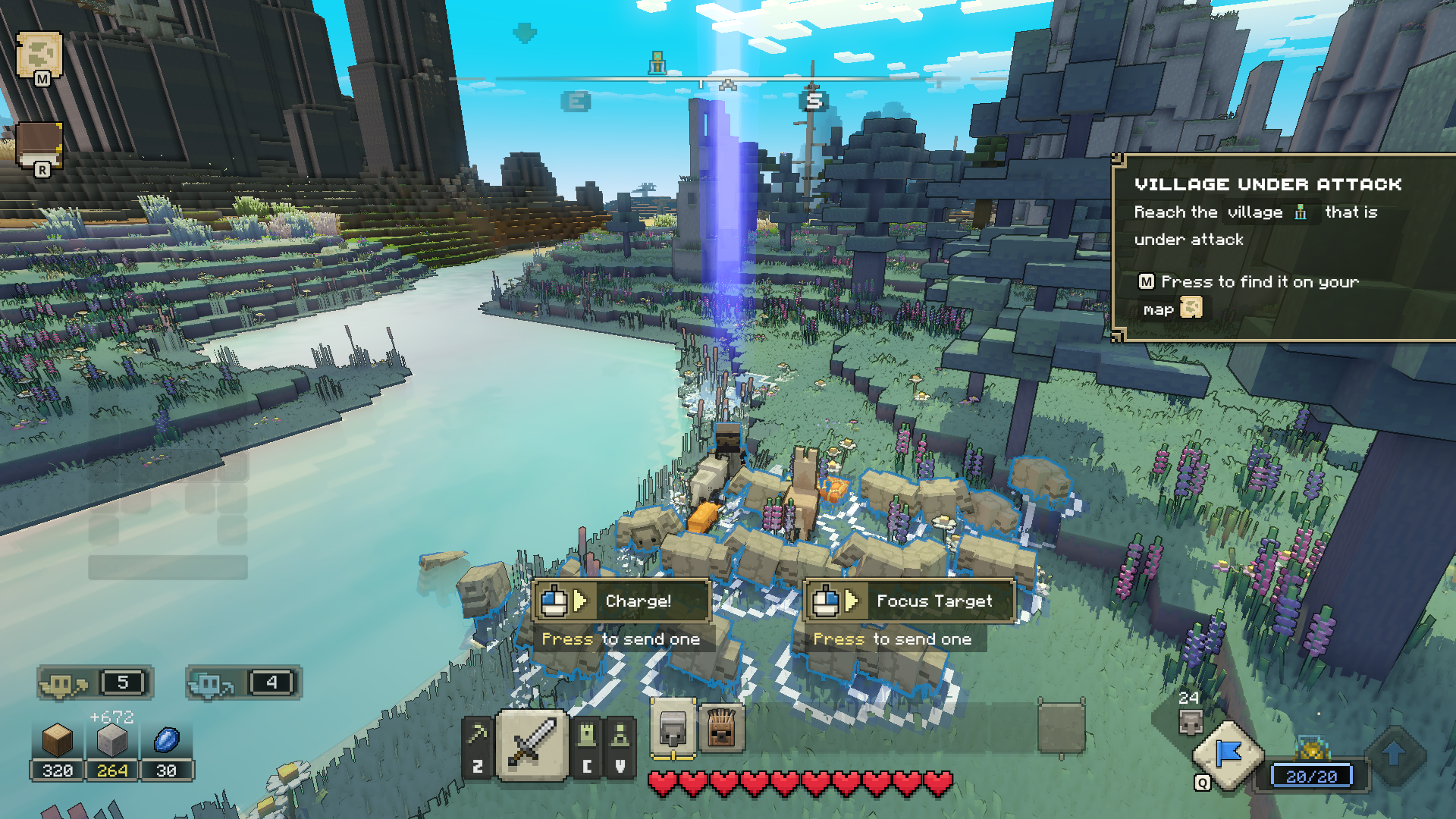
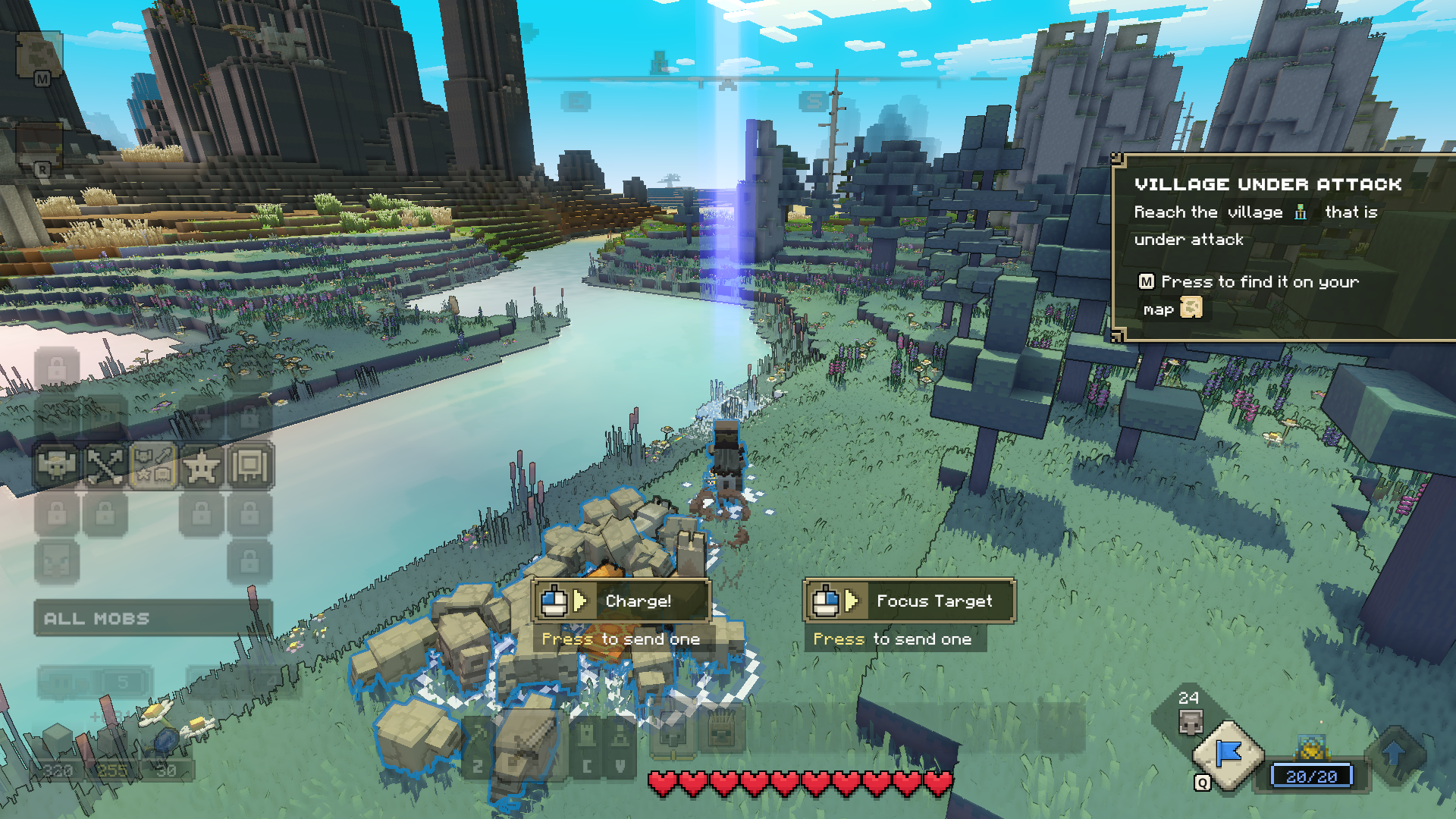
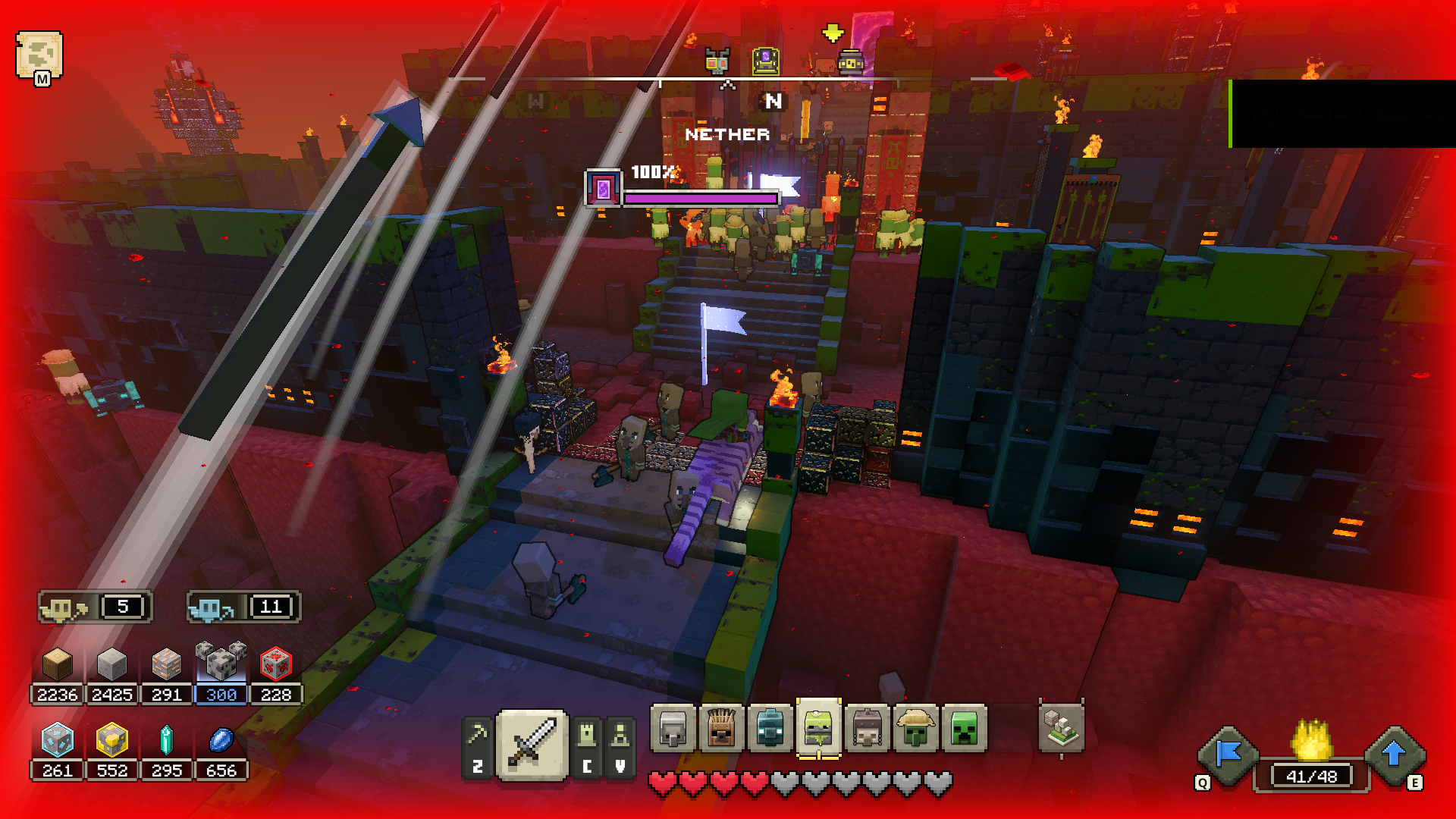
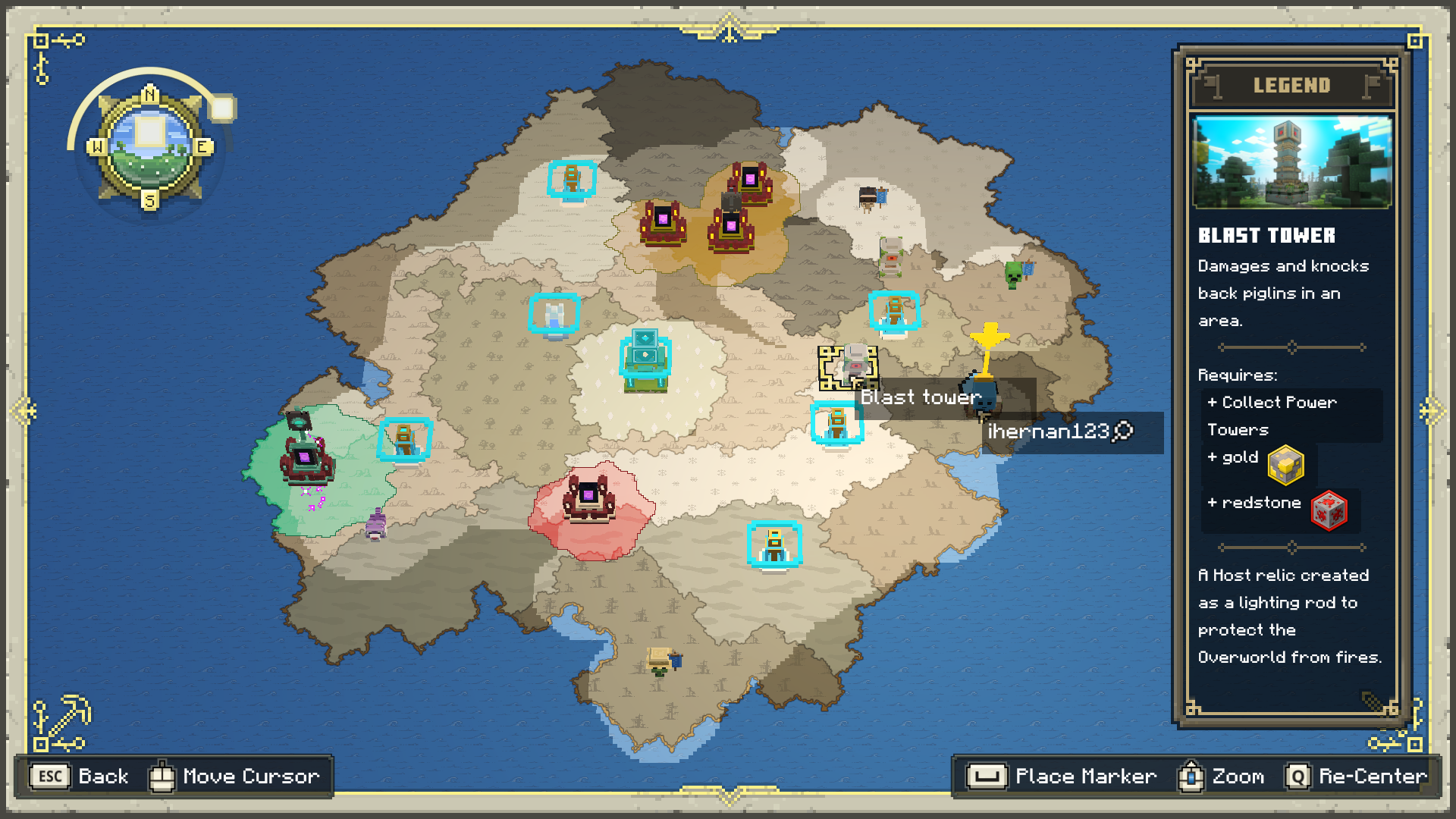
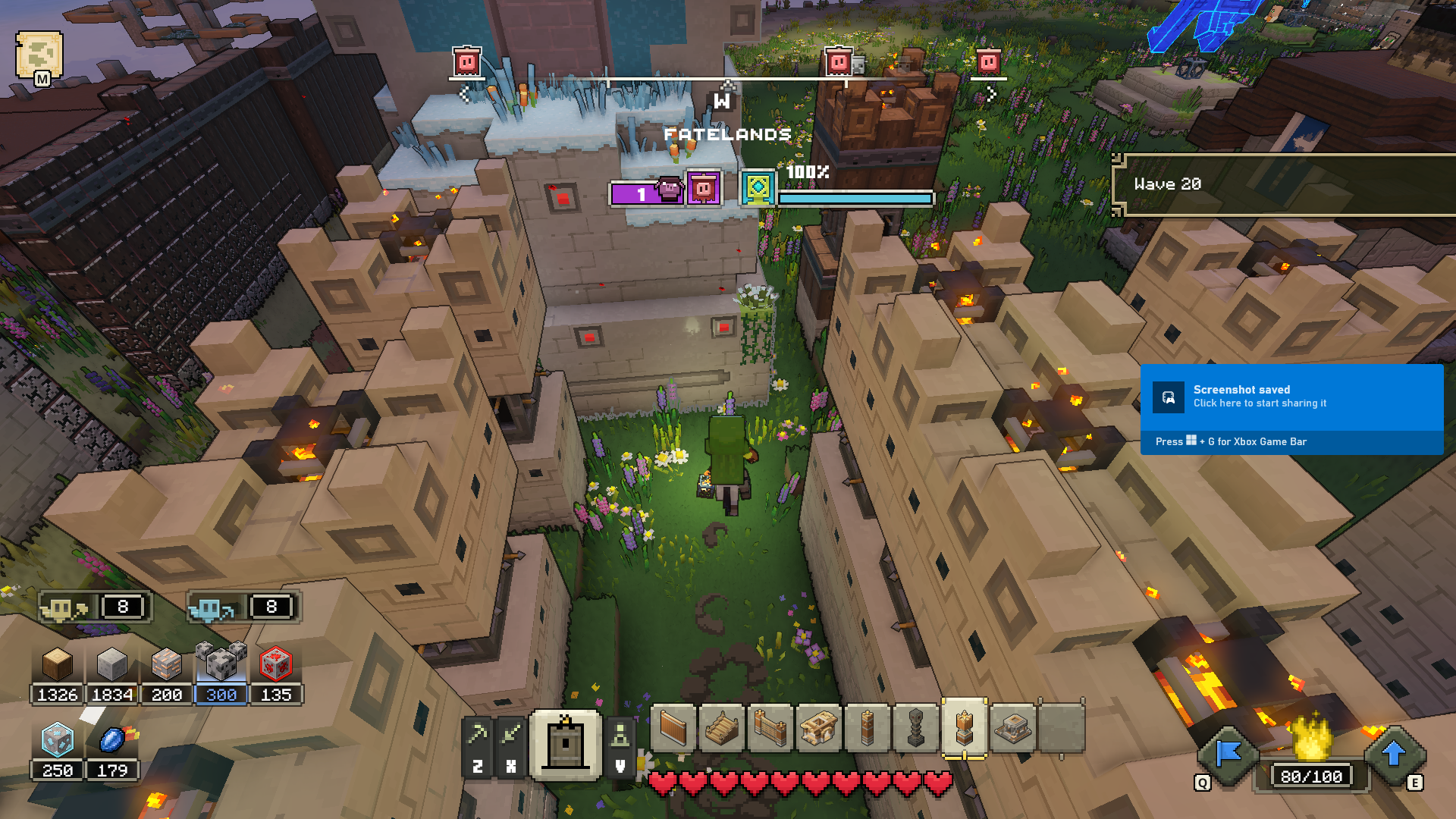
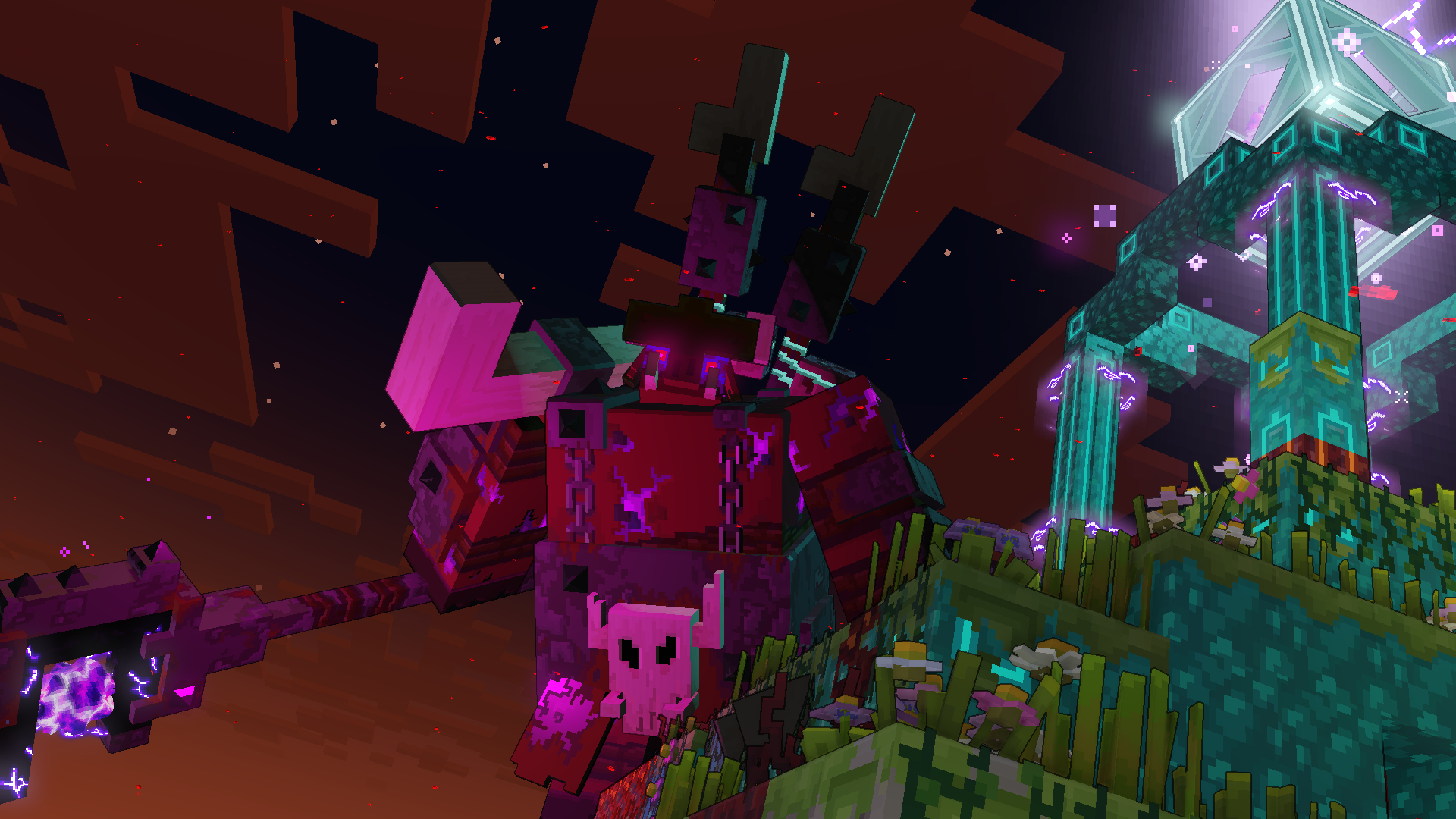



If you can get past Once Upon A Katamari's sticky controls and a general sense of deja vu, the many time periods, customizable cousins, unique challenges, and features make even a decades-old formula feel fresh again.